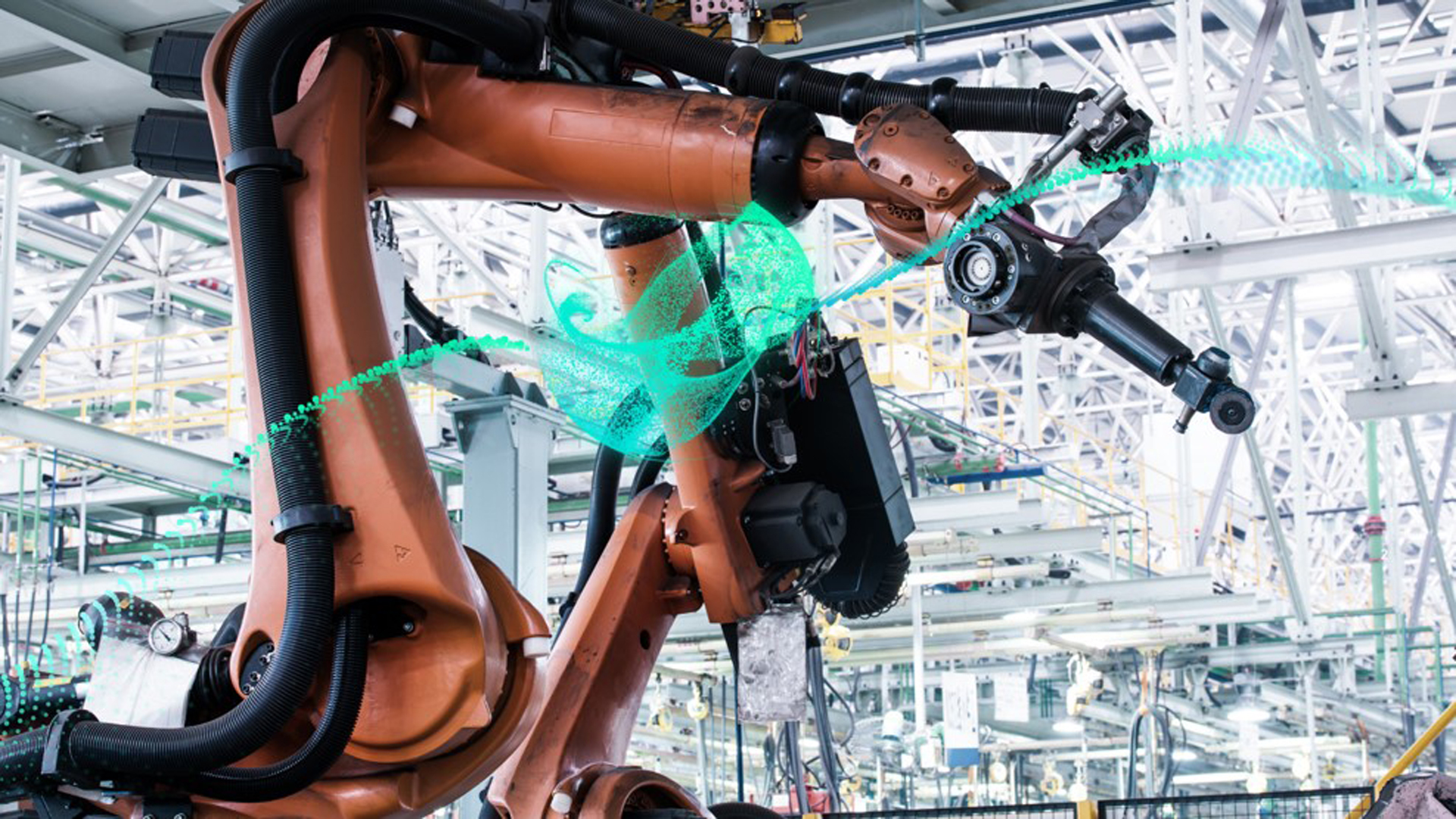See how PLM for Machine Builders works

PLM for Machine Builders from Siemens provides features that result in high-value machines with competitive differentiation, and it does this by incorporating three key areas.
Project, process and requirements management tools connect with machine configuration and reuse capabilities and a blended ETO/CTO approach.
This connected platform results in predictable and productive machines getting delivered faster.
The complete PLM for Machine Builders solution was discussed in a live webinar, and it’s available on-demand. Watch the complete PLM for Machine Builders webinar by clicking the button below.
Set clear, connected milestones
Project, process and requirements management tools are central to any product lifecycle management (PLM) solution and keeping a project on schedule.
With easy access to plans and milestones linked to customer requirements and internal specifications, machine builders can manage project risks and identify opportunities.
A quick demo of PLM for Machine Builders shows users how easy it is to quickly navigate to all aspects of a project directly from events in a plan.
Watch this short webinar clip and see a narrated walkthrough of the PLM solution in action.
Design new machine variants with reuse tools
When machines simply need an updated version because of changing customer or regulatory requirements, engineers can work from existing designs to make the next version.
PLM for Machine Builders allows users to create a machine clone, rename and renumber as needed, and users can even view parts and assemblies in 3D without the need for CAD.
See how quickly this can be accomplished in this short webinar clip highlighting the machine configuration and reuse tools available in PLM for Machine Builders.
Improve the speed of engineering changes
PLM for Machine Builders uses pre-defined workflows based on Siemens experience and best practices to notify stakeholders when tasks require their attention.
All the necessary information about any changes gets attached to it, so users don’t have to do any additional searching for required information.
Plus, chat functionality makes it easier to discuss and collaborate with other users at any time.
This short webinar clip shows how a user finds and investigates a necessary change in a project.
Easier access with an intuitive interface
PLM for Machine Builders in the cloud can be accessed from anywhere using a browser window.
A single location with a user-friendly interface provides a simple, engaging and effective experience with easy, secure access using any device. Work progress can be viewed, altered and approved from the office or remotely.
Get a quick overview of PLM for Machine Builders in this short webinar clip.
Go more in-depth with PLM for Machine Builders
This brief introduction to PLM for Machine Builders only touches on a few of its features and benefits. The complete solution includes the capabilities machine builders need to accelerate their design process, be more flexible with internal and external stakeholders, and deliver complete projects ahead of schedule.
The complete on-demand 30-minute webinar takes a closer look at how to get started with PLM, the advantages and disadvantages of using PLM in the cloud, the three pillars of PLM for Machine Builders, and demonstrations of how the software works in multiple scenarios for different users.
Here’s a small teaser of what you can expect.
Learn more about PLM for Machine Builders in this ebook or try a free 30-day trial.
Frequently asked questions about PLM for machine builders
Q: What are the specific benefits of using cloud-based PLM versus on-premises solutions for machine builders?
A: Cloud-based PLM offers benefits such as scalability, lower upfront costs, and accessibility from any location, making it ideal for machine builders who need flexibility and efficiency.
Q: How does PLM for Machine Builders integrate with other existing software tools and systems commonly used in the industry?
A: Integration with existing software tools and systems is facilitated through APIs and standardized data exchange protocols, ensuring seamless workflow and data consistency across different platforms commonly used in the industry.
Q: Are there any real-world examples or case studies showcasing the successful implementation of PLM for Machine Builders, and what were the specific outcomes and improvements achieved?
A: There are real-world examples of companies that have successfully implemented PLM for Machine Builders, resulting in improved product development cycles, enhanced collaboration, and better project management. These outcomes highlight the practical benefits and efficiency gains achieved through PLM adoption.

